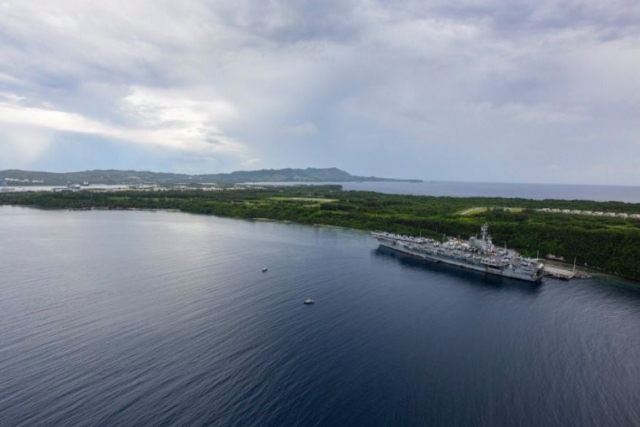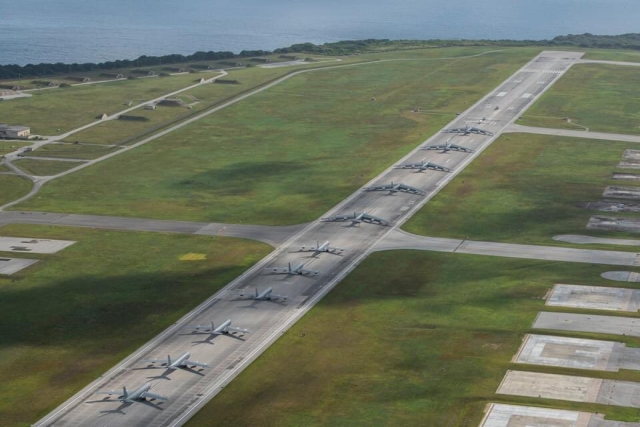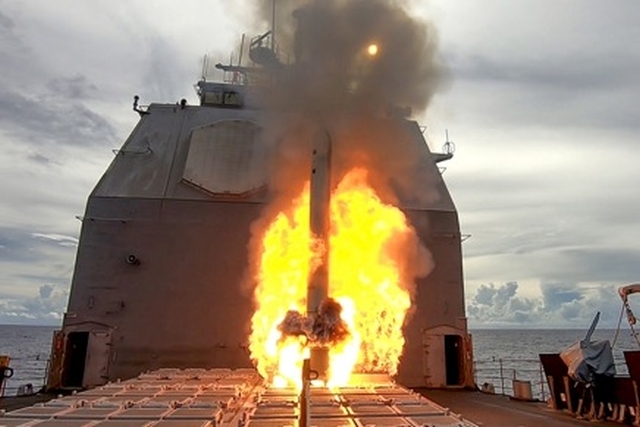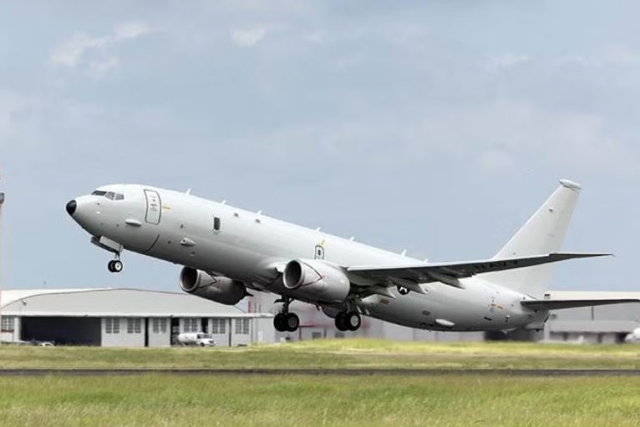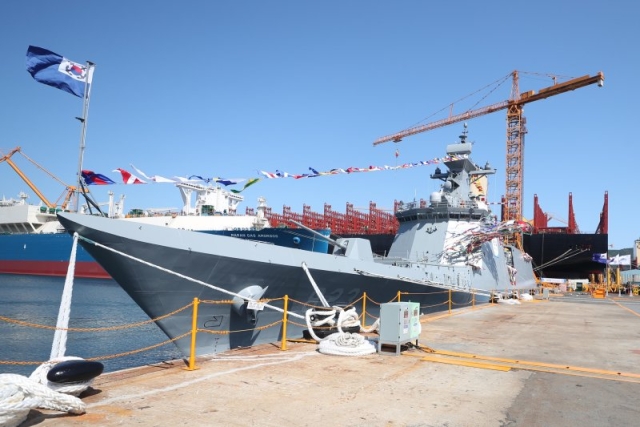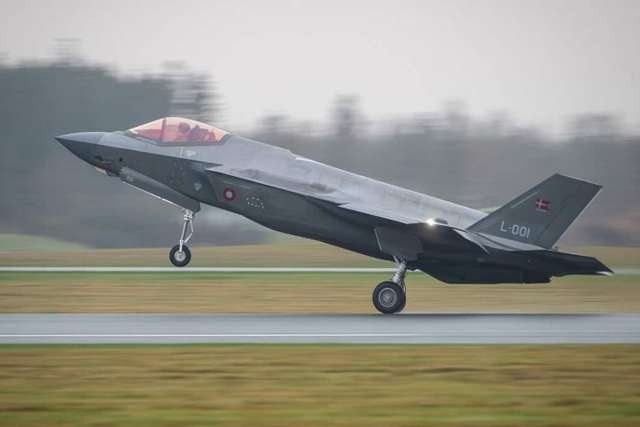Pentagon Commits $11B for Five-Year Military Project in Guam
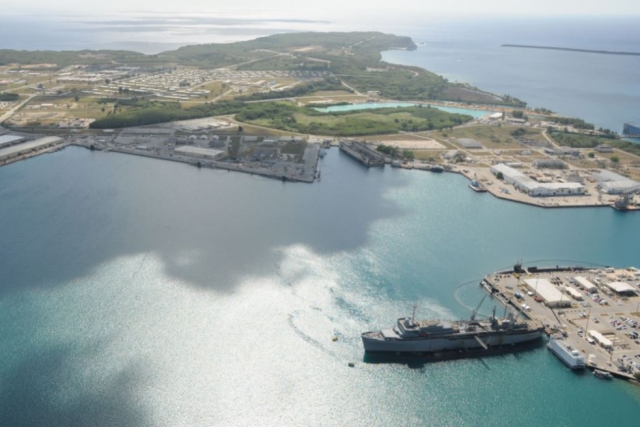
The U.S. Department of Defense has committed about $11 billion in funding for military construction projects on Guam over the next five years.
"Guam represents the region's most critical node for not just command and control but also logistics and for our power projection," Marine Corps Lt. Gen. Stephen D. Sklenka, the deputy commander of U.S. Indo-Pacific Command, said during a conversation Monday with the Missile Defense Advocacy Alliance. "It's key terrain and it enables the success of our operational framework and its strategic importance can't be overstated."
“…(the $11 billion funding) will help ensure Guam remains a place from which the U.S. military can fight, if needed, in the Indo-Pacific region,” he added.
"Guam is a place where our combat power will aggregate and congregate and from which it will emanate," Sklenka said. "From there we send a powerful strategic message to our allies and our adversaries that the United States has invested in this region — we prioritize the Indo-Pacific."
Improving Guam’s Missile Defense Systems
One area that needs work, Sklenka said, is Guam's missile defense system.
"Today's missile defense capabilities in Guam are, as we know, only sufficient to protect against yesterday's threats," he said. "To defend Guam against the [Chinese military's] evolving capabilities ... we require a land-based, persistent, 360-degree system. There's no getting around that. The Guam defense system has got to be an architecture that fuses the most capable integrated air missile defense programs of record today and those that are developing into the future."
Funding such a system, Sklenka said, is a top priority for Indo-Pacom, and has been for a while now.
"It's been our top priority for the last three years going on four, and the past two successive commanders have gone on the record to state this," Sklenka said. "They've warned all that will listen that the threat to Guam will only increase over the next five years. Those aren't idle threats. Those are based off of events that we're seeing unfold around us right now."
While the Missile Defense Agency is a likely candidate to lead the development of a more modern missile defense system on Guam, Sklenka said it's not important if it's MDA or one of the services — of more importance, he said, is that it gets done.
"Our point is, we need something," he said. "We don't care whether it's led by [the] Army, whether it's led by [the] Navy ... or whether it's led [by] MDA. What we're saying is we need the decisions to be made, the architecture to be agreed upon, and to move out. Because this is a problem that we don't have the luxury anymore of waiting and analyzing and assessing. We've done all that stuff. We've done all the studies, it's time to move out, to get this thing into action. And if the best way to do that is to have MDA lead it, then let's figure out a way to give them the opportunity to lead it."
